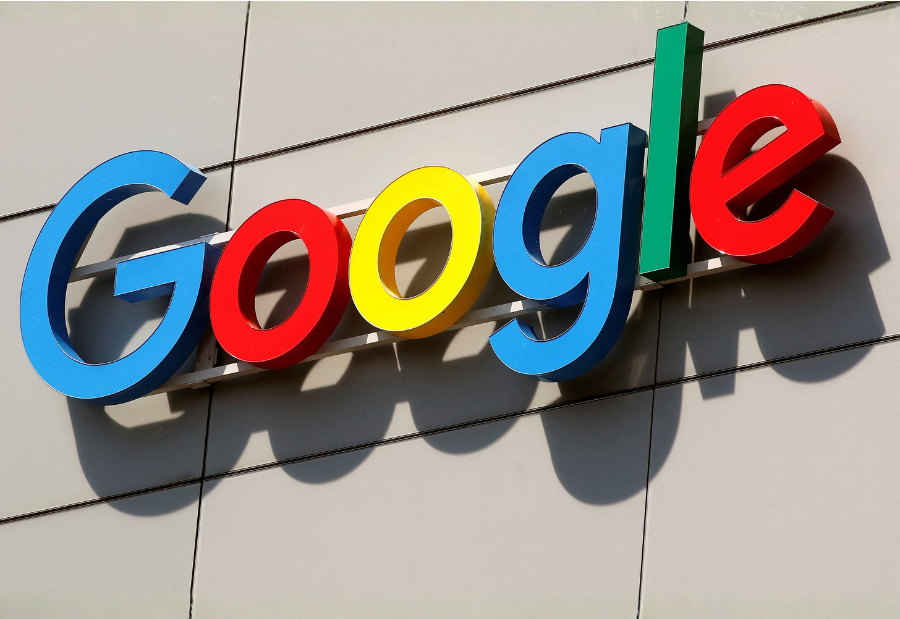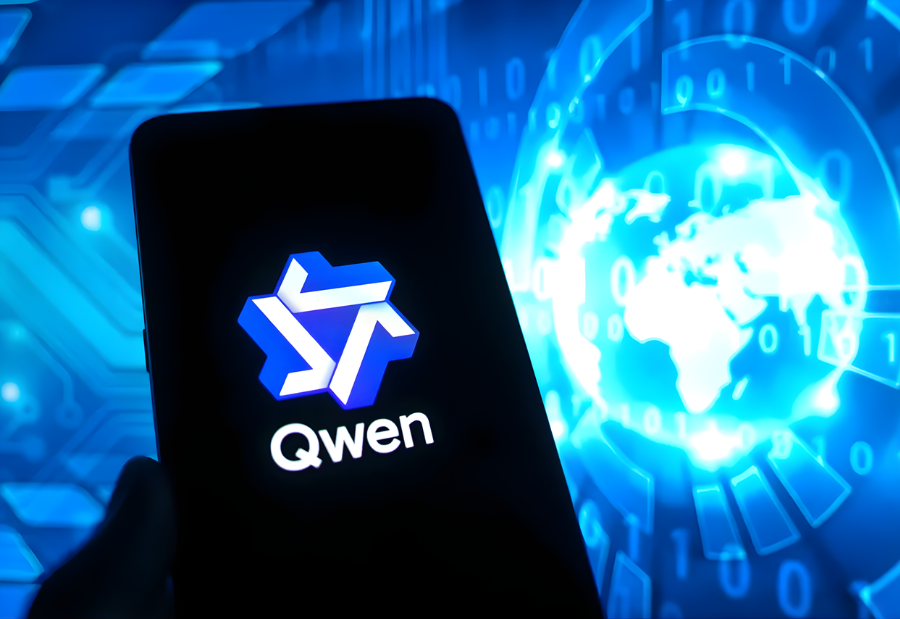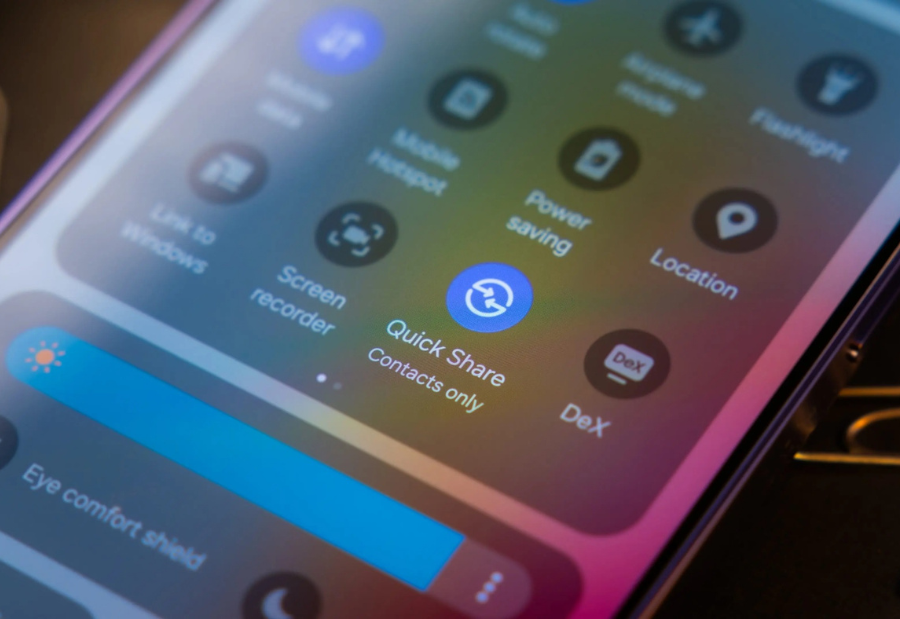Google’s latest artificial intelligence image generation model has drawn attention online after a user claimed that the tool solved his handwritten maths problem and presented the solution in handwriting that looked almost identical to his own.
What began as a simple test has now led to a wider public debate about artificial intelligence ethics, privacy, and how far generative models should be allowed to go.
The user had uploaded an image of a maths question written on paper. When he asked Google’s artificial intelligence to provide the solution, the model responded with an image that showed the answer in handwriting that closely matched his own. The result went viral on a common social platform and another online forum, with thousands questioning how artificial intelligence could imitate such a personal writing style.
Experts in machine learning offered different explanations. Some suggested it could be a coincidence because many handwriting samples share common strokes and shapes, especially for widely used alphabets and numbers. Others noted that the tool may have been trained on a large set of handwriting data, enabling it to approximate the style shown in the uploaded example.
The incident revived concerns about whether artificial intelligence systems may learn and repeat patterns from personal data that users never knowingly shared. Critics warned that if an artificial intelligence tool can convincingly copy a person’s handwriting, it could raise risks of identity misuse or document forgery. They argued that this highlights the need for greater transparency from technology companies about training datasets and model behaviour.
Google has stated that the model does not store any individual user’s handwriting or intentionally try to copy it. The company said the system generates images using general handwriting styles learned during training and adapts the output to match the context of the uploaded content. However, the viral case shows that even general learning can appear highly personal to users, creating confusion and mistrust.
Artificial intelligence ethicists say this incident reinforces the need for stronger guidelines on generative artificial intelligence. They stress the importance of user consent, clear disclosures, and safeguards against overly personalised outputs. As artificial intelligence tools grow more powerful and human like, such debates are expected to intensify.
For now, the viral example highlights the complexity of artificial intelligence behaviour and how quickly a small feature can lead to major conversations about technology, privacy, and public trust.
Also read: Viksit Workforce for a Viksit Bharat
Do Follow: The Mainstream formerly known as CIO News LinkedIn Account | The Mainstream formerly known as CIO News Facebook | The Mainstream formerly known as CIO News Youtube | The Mainstream formerly known as CIO News Twitter
About us:
The Mainstream is a premier platform delivering the latest updates and informed perspectives across the technology business and cyber landscape. Built on research-driven, thought leadership and original intellectual property, The Mainstream also curates summits & conferences that convene decision makers to explore how technology reshapes industries and leadership. With a growing presence in India and globally across the Middle East, Africa, ASEAN, the USA, the UK and Australia, The Mainstream carries a vision to bring the latest happenings and insights to 8.2 billion people and to place technology at the centre of conversation for leaders navigating the future.




